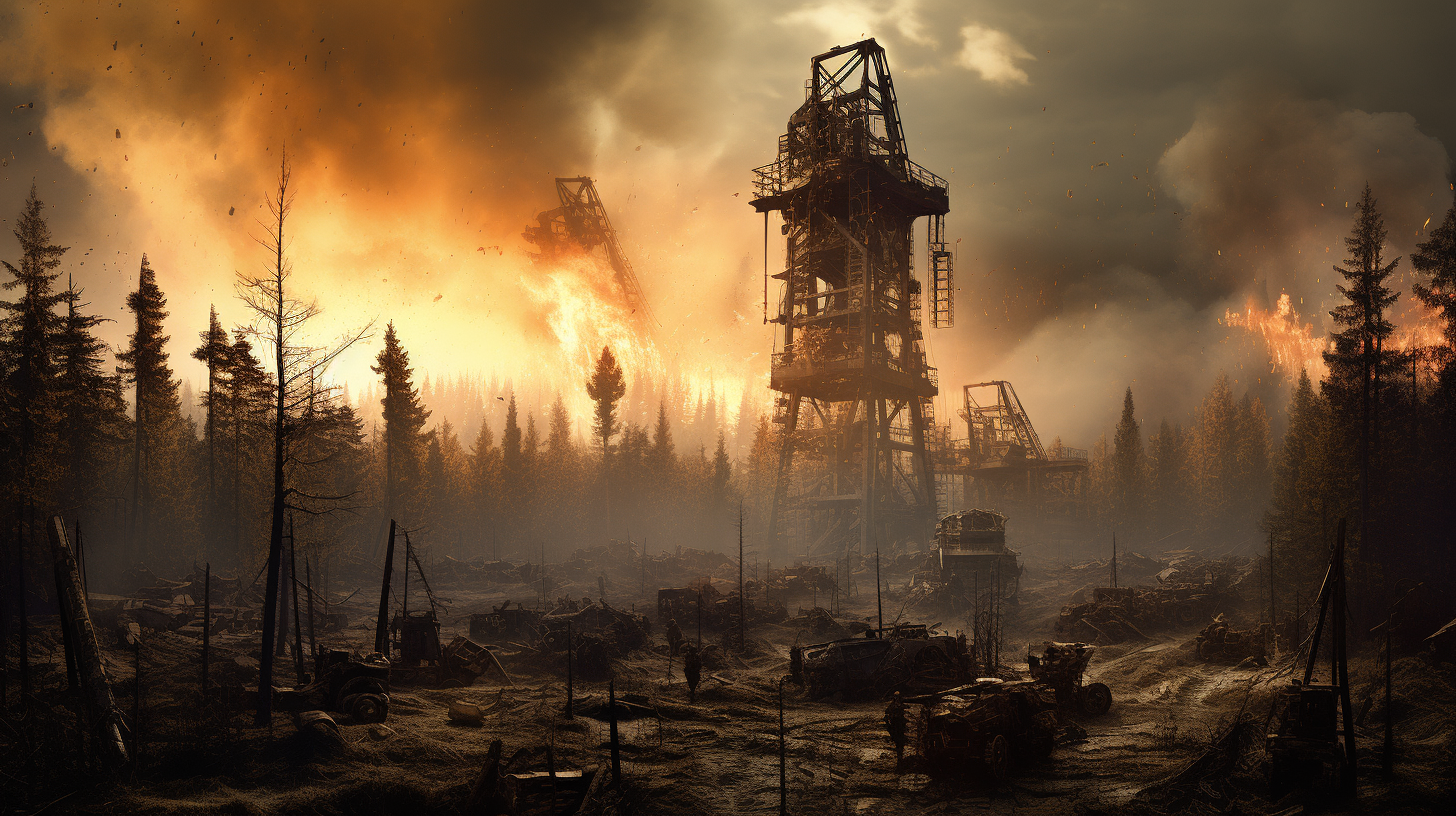In a world already gasping under the burdens of climate change, the remnants of wars long passed cast an eerie shadow over our present. The term ‘Iron Harvest’ refers not to a bounteous yield of autumn crops, but to a far grimmer annual ‘reaping’ that occurs across the former battlegrounds of the world. Unearthed by the ceaseless churn of climatic extremes—be it in thawing frozen soils or through violent storms—are the corroding shells of munitions, a stark reminder of humanity’s destructive past and an omen of the environmental crises it fuels.
As years pass, the soil gives up its dark secrets: grenades, shells, and bullets, silent yet potent harbingers of death. Exposed by erosion and flooding, an unintended consequence of global warming, these relics of conflict explode anew, adding insult to the injury wrought by rising temperatures and weather anomalies on fragile ecosystems. The lethal legacy raises not just questions of safety, but deeply philosophical ones about our unending cycles of violence against both nature and our kind.
The locales of bygone battles, once thought to be silent witnesses to historical turmoil, are instead unwilling participants in the ongoing saga of human folly. The Iron Harvest is a grim manifestation of the potent ties between warfare and environmental degradation. One might wonder at the macabre poetry in nature reclaiming these weapons of destruction, re-forging them through the fires of climate-induced events into implements of chaos, equally unforeseen and catastrophic.
In this climate-ravaged dystopia, the boons of modern conflict resolution falter against the backdrop of a war-torn Earth. The very fabric of our ecosystems is being strained, and the Iron Harvest embodies a stark paradox: the tools meant to secure power or defend nations now subvert the stability of the very ground they are recovered from. These unearthed arsenals are not merely historical artifacts; they are active participants in the climate narrative, reminding us that war’s devastation lingers long after the last soldier has fallen.
Take the fields of France and Belgium, the infamous Western Front of the First World War. Here, farmers routinely encounter the rusted remnants of a century-old conflict, each plow of the field potentially unearthing lethal explosives. The term ‘Bomb Harvest’ has been grimly adopted by those who navigate these deadly furrows. As climate change accelerates, so too does the frequency and unpredictability of these discoveries, leading one to muse—are we at war with our past, or is our past still at war with us?
Moreover, the Iron Harvest is not merely a European legacy. From the jungles of Vietnam, where Agent Orange lingers in soil and flesh, to the Middle Eastern deserts laced with depleted uranium, the invasive tendrils of war reach deep. As extreme temperatures exacerbate the corrosion of these materials, they release toxic substances into the environment, poisoning soil and water, damaging local habitats, affecting biodiversity, and, ultimately, human health.
Science teaches us that every action has an equal and opposite reaction. In our relentless march towards industrialization and military might, we neglected this fundamental principle. Each conflict—past, present, and those on the horizon—ratchets up the pressure on our already overburdened planet, a fact made increasingly evident by the sinister sprout of Iron Harvests from war’s fallow ground.
In a somber conclusion, we must recognize the Iron Harvest for what it truly represents: a twofold admonition. Our terrestrial battlefields are not contained by history books but bleed into the present, merging war’s ravages with those inflicted by a climate in disarray. This unforgiving inheritance bequeathed by our forebears is an urgent call to re-examine our trajectory―to ponder deeply on how we could redefine peace not only among ourselves but, crucially, with the planet that sustains us.
